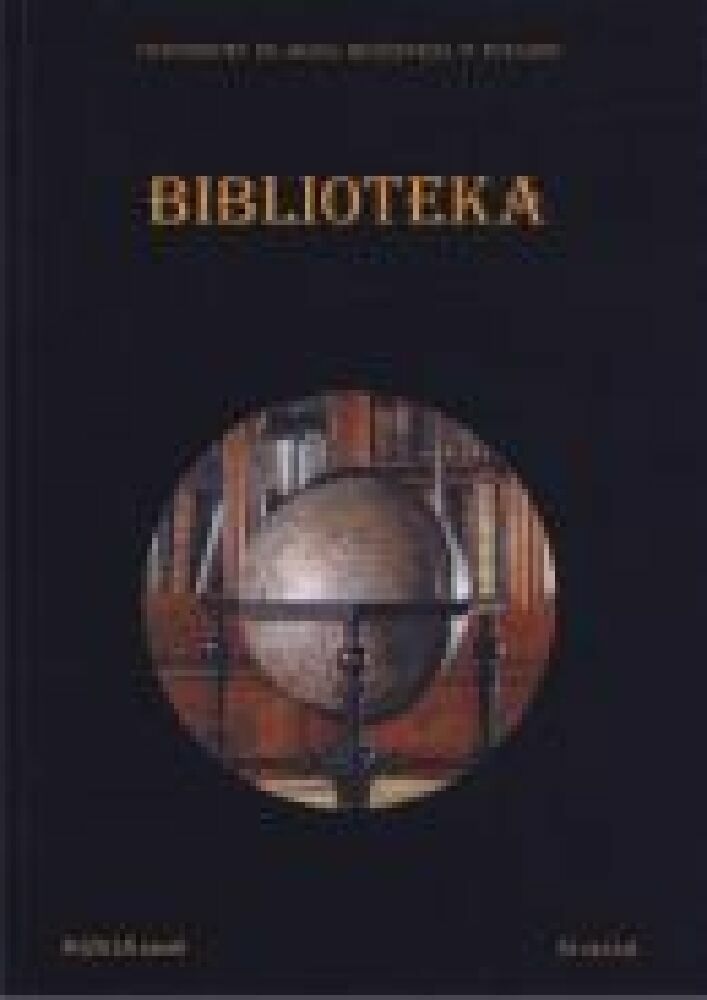Abstrakt
The comic book is a product of mass culture. It got deeply rooted in American and Western European popular culture in the 1970s. In France, this type of sequential art told in pictorial stories was presented in daily papers ( bande dessinee) and developed humorously-told threads o f the plot. In the UK it won juvenile audience with its simple jokes, genre scenes and shortened and abridged versions o f fables. In the United States, in turn, crude science fiction, horror or joke graphic stories were most popular. However, in the late 1990s these depictions increasingly started to develop into something of much different nature. On the one hand, popular culture embraced more and more different creative areas, wrestled with subject and themes that so far had been tackled only by more sophisticated literature (for example, war themes). On the other hand, Polish reader had a better chance to experience new titles and pictorial stories from the West or other far-away cultures that represented high artistic skills and offered original and remarkable stories. This, in turn, created a new situation in which adult readers turned to comic books. Moreover, comic books became a subject of interests for academics beyond those who were professionally involved in documenting and understanding popular culture, i.e. for methodologists of history, modern culture anthropologists, researchers in literature and art historians. Today’s status of comic books in literature is pronouncedly higher than that of several years ago. For it is not only the artistic level that has been much developed and improved, but also the thematic range of subject to be tackled by this form of literature. Additionally, the context within comics have been functioning in the space of modern discourse has also changed. A particular type of comics is the one that presents historical contents. Works of brilliant artists from different cultures such as, for example, Hiroshima 19Ą5 Barefoot Gen by Nakazawa Keij, Art Spiegelman’s Motts, or Achtung Zeligl by Krzysztof Gawronkiewicz and Krystian Rosenberg have become available 011 the Polish publishing market and have been widely reviewed and discussed academically. In the present article these comic books or graphic novels are interpreted as different types of maze: the Cretean maze, mystery-maze and maze-rhizome.Licencja
Prawa autorskie (c) 2008 Grażyna Gajewska

Utwór dostępny jest na licencji Creative Commons Uznanie autorstwa – Na tych samych warunkach 4.0 Miedzynarodowe.
Utwory opublikowane w czasopiśmie Biblioteka, na platformie Pressto należącej do Uniwersytetu im. Adama Mickiewicza w Poznaniu od 2015 roku są udostępniane na
licencji Creative Commons Uznanie autorstwa-Na tych samych warunkach 4.0 Międzynarodowe.
Tym samym wszyscy zainteresowani są uprawnieni do korzystania z utworów opublikowanych po 2015 roku pod następującymi warunkami:
- uznania autorstwa czyli obowiązek podania wraz z rozpowszechnianym utworem informacji o autorstwie, tytule, źródle (odnośniki do oryginalnego utworu, doi) oraz samej licencji
- na tych samych warunkach — remiksując utwór, przetwarzając go lub tworząc na jego podstawie, należy swoje dzieło rozpowszechniać na tej samej licencji, co oryginał.
Uniwersytet im. Adama Mickiewicza w Poznaniu zachowuje prawo do czasopisma jako całości (układ, forma graficzna, tytuł, projekt okładki, logo itp.).
Autor zachowuje prawa majątkowe, ale udziela zgody Uniwersytetowi im. Adama Mickiewicza w Poznaniu na wykorzystanie dzieła. Autorzy tekstów zakwalifikowanych do publikacji proszeni są o wypełnienie podpisanie i przesłanie umowy.
Jeżeli autor artykułu nie jest przekonany, że może wykorzystywać cudze utwory (np. ilustracje, fotografie, tabele) w ramach cytatu we własnej tekście musi dostarczyć do redakcji czasopisma zgodę od uprawnionych podmiotów.
Prawa są zastrzeżone do wszystkich tekstów opublikowanych przed rokiem 2015.

